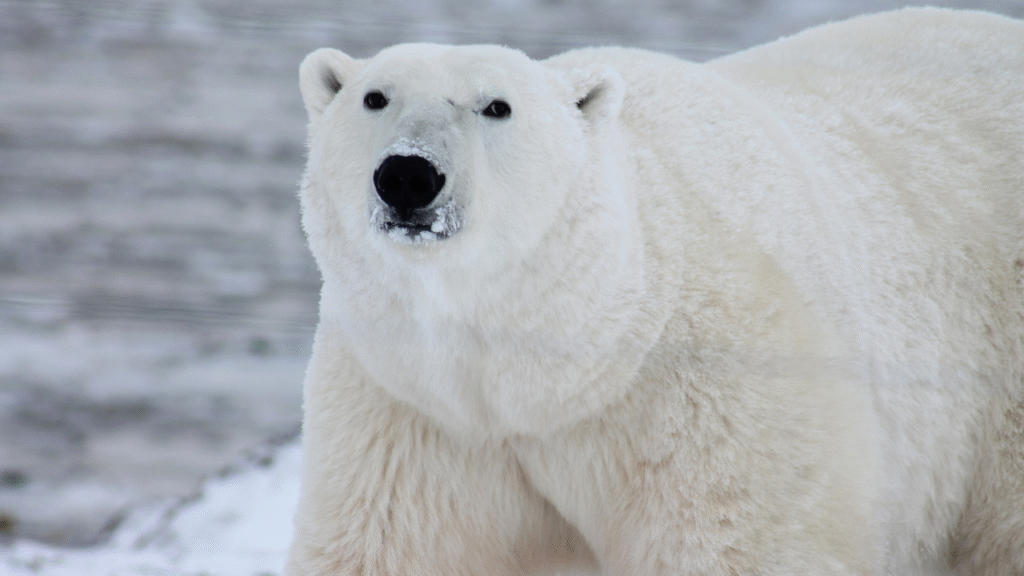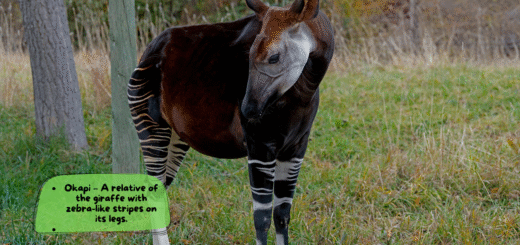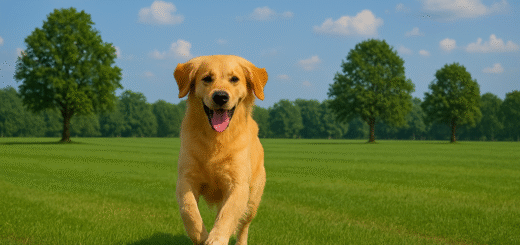How Climate Change Is Affecting Wildlife Around the Globe
Climate change is no longer a distant threat—it’s a present-day crisis with visible consequences across ecosystems. While rising temperatures and extreme weather patterns affect human societies, wildlife is bearing a significant brunt of these changes. From altered migration patterns to habitat loss and extinction threats, animals around the world are being forced to adapt—or face dire outcomes.
Shifting Habitats: Where Animals Can No Longer Roam
One of the most direct effects of climate change on wildlife is habitat displacement. As temperatures rise, many species are migrating to cooler areas, often moving toward the poles or higher altitudes. For example, polar bears in the Arctic are struggling due to melting sea ice, which they depend on to hunt seals. Similarly, alpine animals are running out of room to climb as mountain habitats become warmer.

These shifts disrupt delicate ecosystems. When a species moves or declines, it often affects the entire food chain, causing ripple effects that impact other plants and animals in the region.
Altered Migration and Breeding Patterns
Many animals rely on environmental cues, such as temperature or daylight hours, to determine when to migrate or breed. With changing climate patterns, migration and reproduction cycles are becoming misaligned. Birds are arriving at breeding grounds too early or too late, missing peak food availability. Marine species like sea turtles are laying eggs in warmer sands, which can skew gender ratios (warmer temperatures produce more female hatchlings).
This mismatch in timing creates survival challenges, especially for young animals that depend on specific seasonal conditions to thrive.
Coral Reefs and Ocean Life in Peril
Oceans absorb about 90% of the Earth’s excess heat, causing marine ecosystems to change dramatically. Coral bleaching, primarily triggered by rising ocean temperatures, has devastated large portions of the Great Barrier Reef and other coral systems globally. Bleached corals expel the symbiotic algae they rely on, which weakens the reef structure and reduces biodiversity.
Warmer and more acidic waters also threaten species like krill and plankton, which are foundational to the ocean food web. The decline of these small organisms impacts everything from fish populations to whales and seabirds.
Increased Risk of Disease and Invasive Species
Climate change is also altering the distribution of diseases and invasive species, which can further threaten native wildlife. Warmer temperatures and shifting rainfall patterns allow certain pathogens and parasites to expand into new territories. Amphibians, already under threat from habitat loss and pollution, are now being devastated by fungal infections like chytridiomycosis, which thrive in changing climates.
Additionally, invasive species such as the pine beetle or Burmese python are expanding their range due to milder winters, outcompeting native wildlife and disrupting local ecosystems.
Wildlife on the Brink of Extinction
Numerous species are now classified as endangered or critically endangered due to climate-related threats. The Intergovernmental Panel on Climate Change (IPCC) has warned that a global temperature increase of 1.5°C could put up to 20-30% of species at risk of extinction. Iconic animals like the snow leopard, African elephant, and emperor penguin are among those whose habitats and food sources are rapidly disappearing.
What Can Be Done to Protect Wildlife?
While the outlook may seem grim, conservation efforts and climate action can make a meaningful difference. Steps include:
- Reducing greenhouse gas emissions through cleaner energy and sustainable practices
- Protecting and restoring habitats like forests, wetlands, and marine reserves
- Creating wildlife corridors to allow safe migration as habitats shift
- Supporting biodiversity research and conservation funding
Public awareness and policy change are also essential in ensuring the survival of many species. By understanding how climate change impacts wildlife, we can better support efforts to protect our planet’s biodiversity.
Final Thoughts
The effects of climate change on wildlife are complex and interconnected, but the urgency is clear. Protecting the natural world requires a global commitment to environmental stewardship. From the Arctic tundra to tropical rainforests and coral reefs, the time to act is now.








